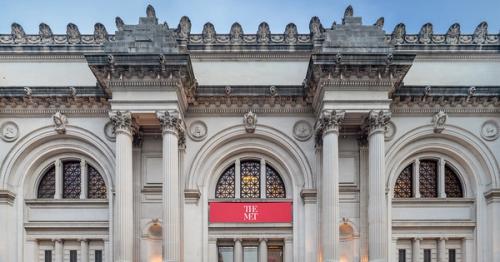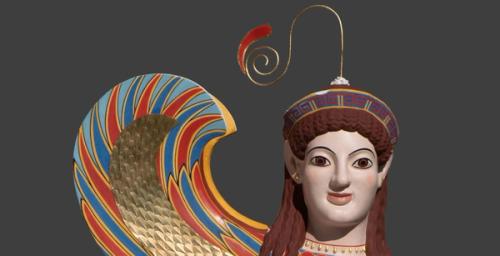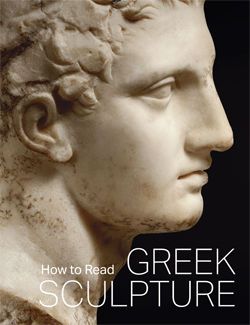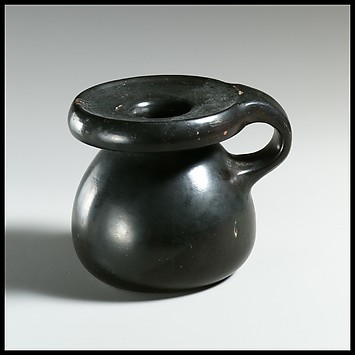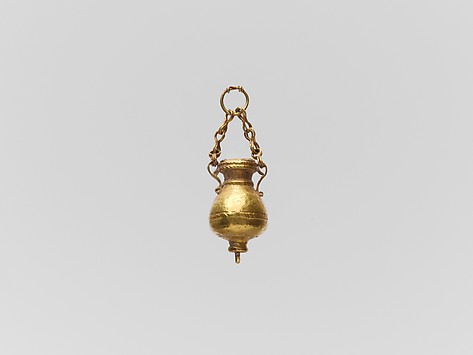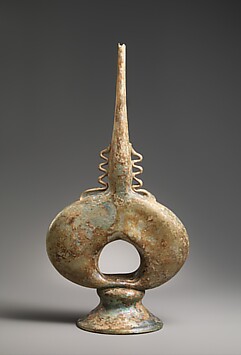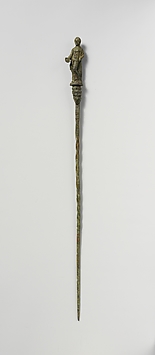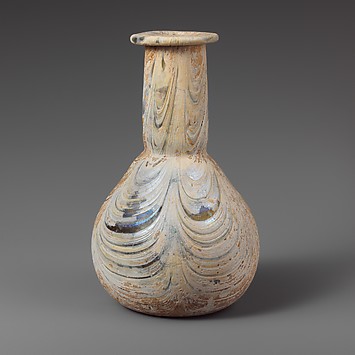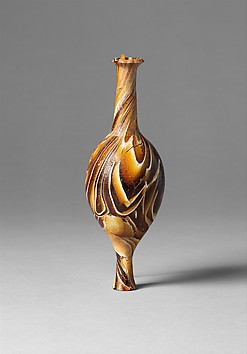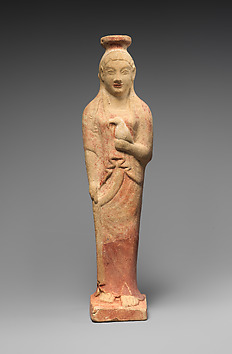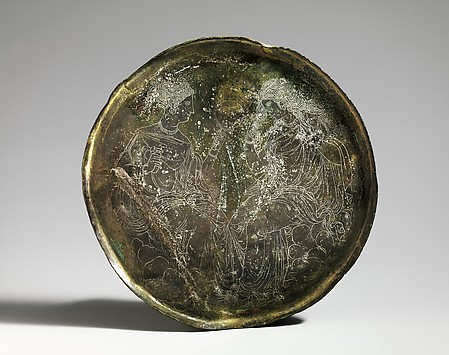The sculptural tradition developed by the ancient Greeks is justifiably considered one of the most remarkable achievements of Western art. This richly illustrated volume introduces eight centuries of Greek sculpture, from the early rectilinear designs of the Geometric period (ca. 900–700 B.C.) through the groundbreaking creativity of the Archaic and Classical periods to the dramatic monumental achievements of the Hellenistic Age (323–31 B.C.). A generous selection of objects and materials—ranging from the sacred to the everyday, from bronze and marble to gold, ivory, and terracotta—allows for an especially appealing picture not only of Greek art but also of life in ancient Greece. Sculptures of deities such as Zeus, Athena, and Eros and architectural elements from temples are included, as are depictions of athletes and animals (both domesticated and wild), statuettes of dancers and actors, funerary reliefs, perfume vases, and jewelry. The informative text provides a comprehensive introduction and insightful discussions of forty objects selected from the collection of The Metropolitan Museum of Art. Full-page photographs of the featured works are supplemented by many illuminating details and comparative illustrations. The latest in The Met’s widely acclaimed How to Read series, this publication reveals how, more than two millennia ago, Greek artists brilliantly captured the fundamental aspects of the human condition.
